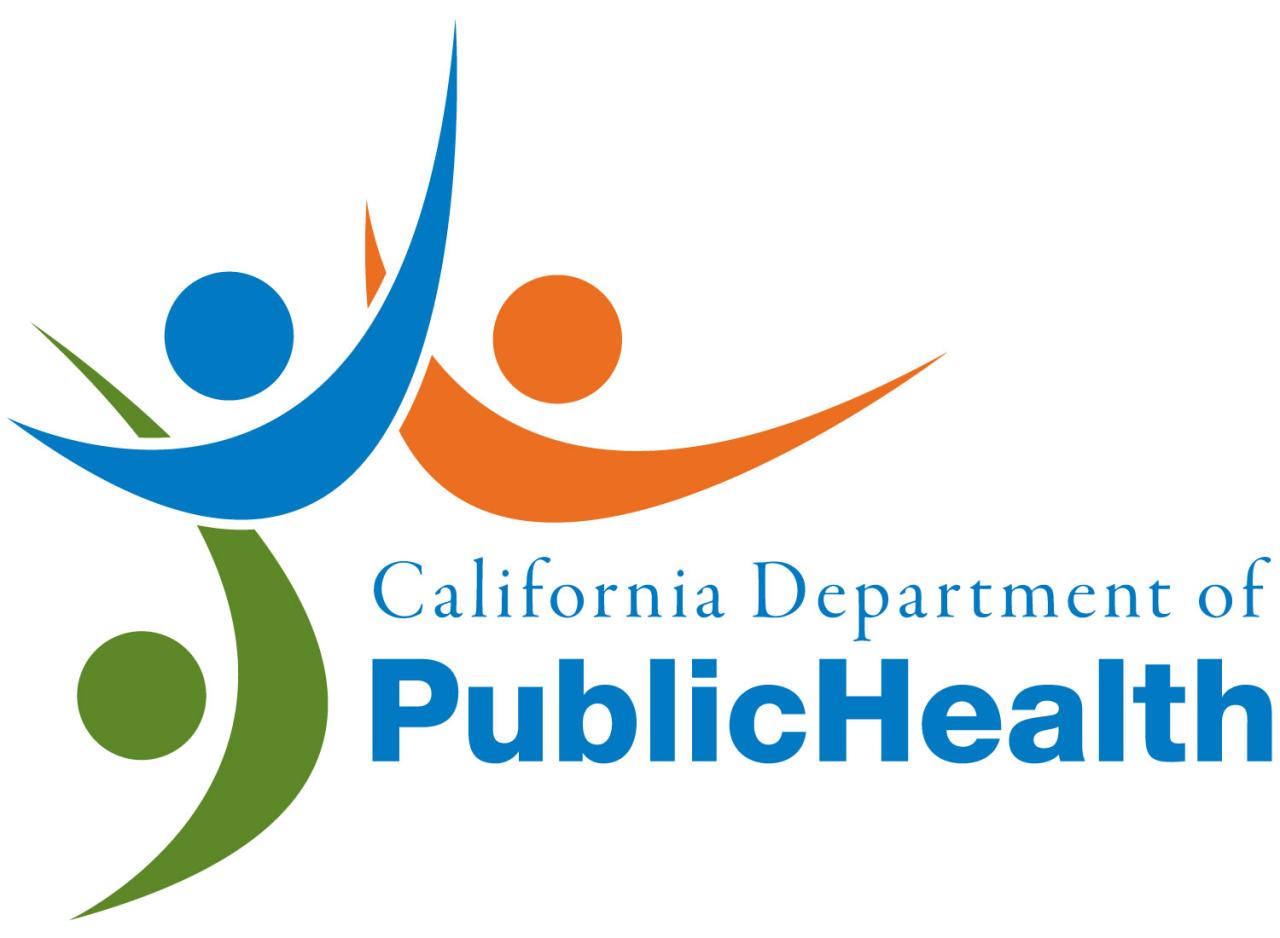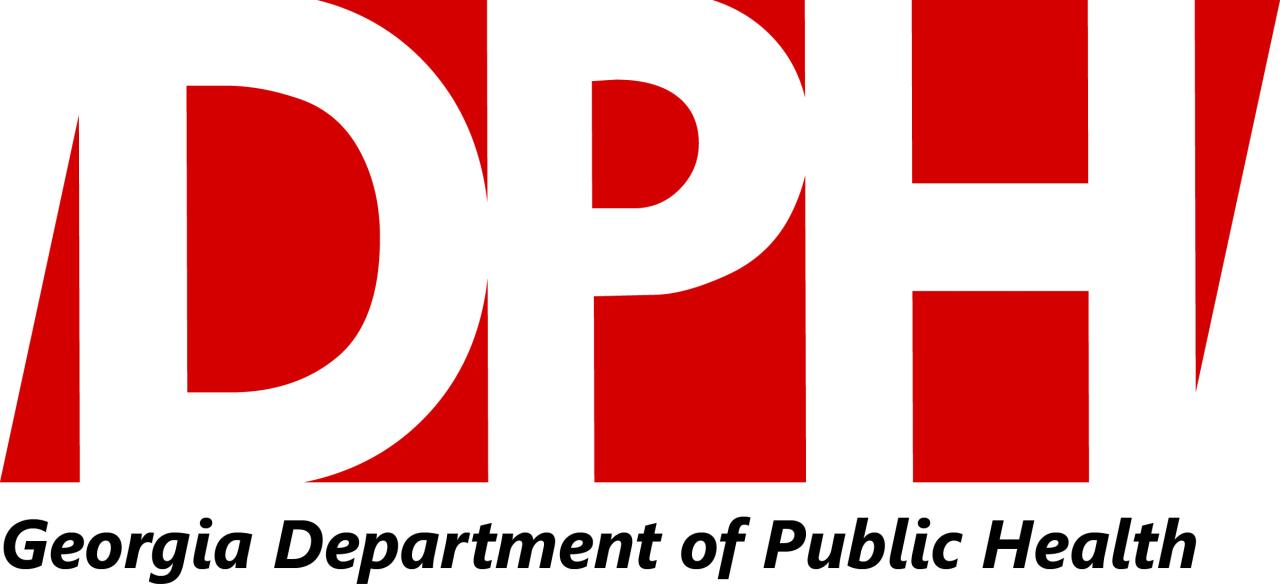Public Health Mission and Vision: Department Of Public Health

The Department of Public Health is dedicated to protecting and improving the health of the community. We aim to create a healthier future for all by promoting well-being, preventing disease, and ensuring access to quality healthcare.
Our core values guide our work:
- Equity:We strive to eliminate health disparities and ensure everyone has an equal opportunity to live a healthy life.
- Evidence-Based Practice:We base our decisions on scientific evidence and best practices to ensure the effectiveness of our programs.
- Collaboration:We work closely with partners and stakeholders to achieve our goals and improve the health of the community.
- Innovation:We embrace new ideas and technologies to enhance our services and improve health outcomes.
Organizational Structure and Leadership
The Department of Public Health operates under a hierarchical organizational structure with clearly defined roles and responsibilities. The structure ensures effective management, coordination, and delivery of public health services.
The leadership team consists of the Director, Deputy Directors, and Division Heads. The Director is the overall head of the department, responsible for providing strategic direction, overseeing operations, and ensuring the department meets its mission and vision.
Divisional Structure
The department is divided into several divisions, each with its specific area of focus and expertise:
- Division of Epidemiology and Disease Control:Monitors, investigates, and controls the spread of diseases.
- Division of Environmental Health:Protects the public from environmental hazards, such as air pollution and water contamination.
- Division of Maternal and Child Health:Promotes the health and well-being of mothers, children, and families.
- Division of Behavioral Health:Addresses mental health, substance abuse, and other behavioral health issues.
- Division of Public Health Preparedness:Plans and prepares for public health emergencies.
- Division of Administration:Provides support services, such as human resources, finance, and information technology.
Leadership Responsibilities
Key leadership roles and their responsibilities include:
- Director:Sets strategic direction, oversees operations, and ensures compliance with regulations.
- Deputy Directors:Assist the Director in managing the department and oversee specific divisions.
- Division Heads:Manage their respective divisions, develop and implement programs, and supervise staff.
- Program Managers:Lead specific public health programs and initiatives within their divisions.
- Supervisors:Oversee teams of public health professionals and ensure the delivery of quality services.
Key Programs and Initiatives

The Department of Public Health spearheads a comprehensive array of programs and initiatives aimed at improving the health and well-being of the community. These initiatives encompass a diverse range of areas, from disease prevention and health promotion to emergency preparedness and environmental health.
Each program is meticulously designed with specific objectives, target populations, and anticipated outcomes. By aligning these initiatives with the department’s overarching mission and vision, we strive to create a healthier and more vibrant community for all.
Disease Prevention and Health Promotion
Recognizing the paramount importance of preventive healthcare, the department has implemented several programs dedicated to reducing the incidence and prevalence of chronic diseases and promoting overall health.
- Wellness and Health Education:This program provides educational resources, workshops, and community outreach initiatives to empower individuals to make informed decisions about their health and well-being.
- Immunization Services:The department offers free or low-cost vaccinations to protect against preventable diseases, ensuring herd immunity and reducing the burden on the healthcare system.
- Tobacco Control Program:The department actively works to reduce tobacco use through public awareness campaigns, cessation support services, and policy advocacy.
Partnerships and Collaborations
The Department of Public Health (DPH) recognizes the importance of collaboration and partnerships to achieve its mission and vision. By working together with various organizations and stakeholders, the DPH can leverage resources, share knowledge, and enhance its impact on the community’s health.Key partners and stakeholders include:
- Local health departments
- Community health centers
- Hospitals and healthcare providers
- Nonprofit organizations
- Schools and universities
- Businesses and employers
- Government agencies
These partnerships provide numerous benefits, including:
- Increased access to healthcare services for underserved populations
- Improved coordination of care and reduced duplication of services
- Enhanced surveillance and response to public health threats
- Increased awareness and education about health issues
- Leveraging of resources and expertise
Through these partnerships, the DPH can address complex health issues more effectively, improve health outcomes, and promote the overall well-being of the community.
Community Engagement and Outreach
The Department of Public Health employs a comprehensive approach to community engagement and outreach to promote health and well-being across the community.
Through strategic initiatives and partnerships, the department aims to bridge the gap between healthcare services and community needs, empowering individuals and fostering a culture of health awareness.
Community Health Fairs
The department hosts regular community health fairs to provide accessible health screenings, education, and resources to underserved populations.
- Free health screenings for blood pressure, glucose, and cholesterol
- Information on healthy eating, physical activity, and mental health
- Referrals to healthcare providers and social services
Health Education Campaigns
The department develops and implements targeted health education campaigns to raise awareness about critical health issues and promote healthy behaviors.
- Social media campaigns on topics such as smoking cessation, nutrition, and disease prevention
- Community workshops and presentations on health literacy, chronic disease management, and mental health first aid
- Collaborations with schools, faith-based organizations, and community groups to reach diverse audiences
Community Partnerships
The department fosters strong partnerships with community organizations, healthcare providers, and local businesses to enhance outreach efforts.
- Collaboration with community centers to offer health programs and services
- Partnerships with local hospitals and clinics to provide access to healthcare services
- Engagement with businesses to promote healthy workplace practices and employee well-being
Data Collection and Analysis
The Department of Public Health utilizes a comprehensive data collection and analysis system to monitor and assess the health status of the community. Through various methods, the department gathers valuable information that informs decision-making and program evaluation.
Data collection efforts include conducting surveys, maintaining surveillance systems, and collaborating with healthcare providers and community organizations. These methods provide insights into health behaviors, disease prevalence, and access to healthcare services.
Data Analysis and Utilization, Department of Public Health
The collected data is subjected to rigorous analysis using statistical techniques and epidemiological methods. This analysis identifies trends, patterns, and correlations within the data, allowing the department to draw meaningful conclusions about the health of the community.
The analyzed data is used to:
- Identify areas of concern and prioritize health issues
- Develop and implement targeted interventions and programs
- Evaluate the effectiveness of existing programs and make necessary adjustments
li>Inform policy decisions and resource allocation
By leveraging data collection and analysis, the Department of Public Health ensures that its programs and initiatives are evidence-based and responsive to the needs of the community.